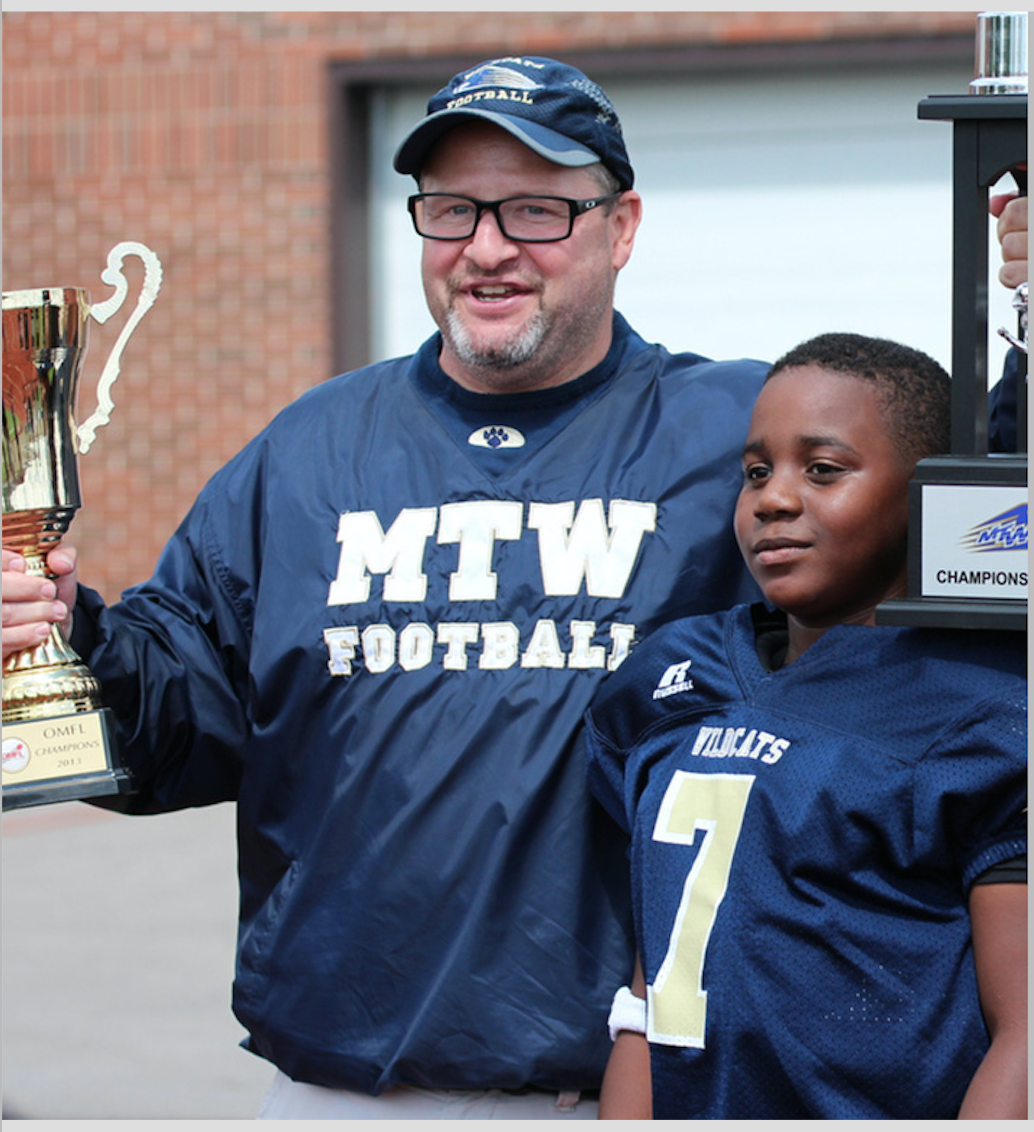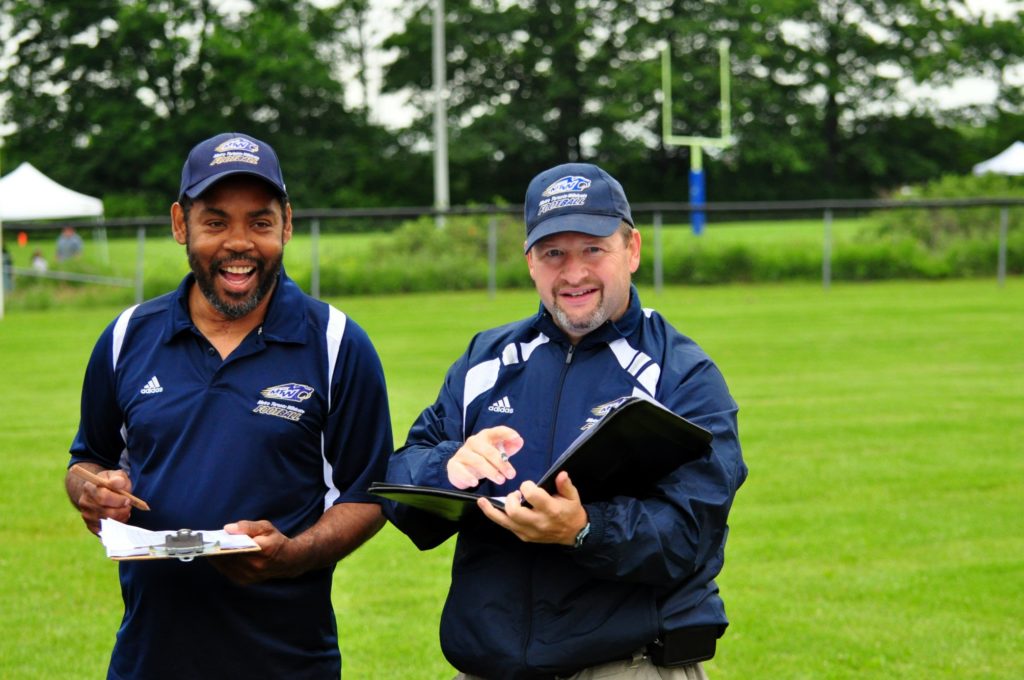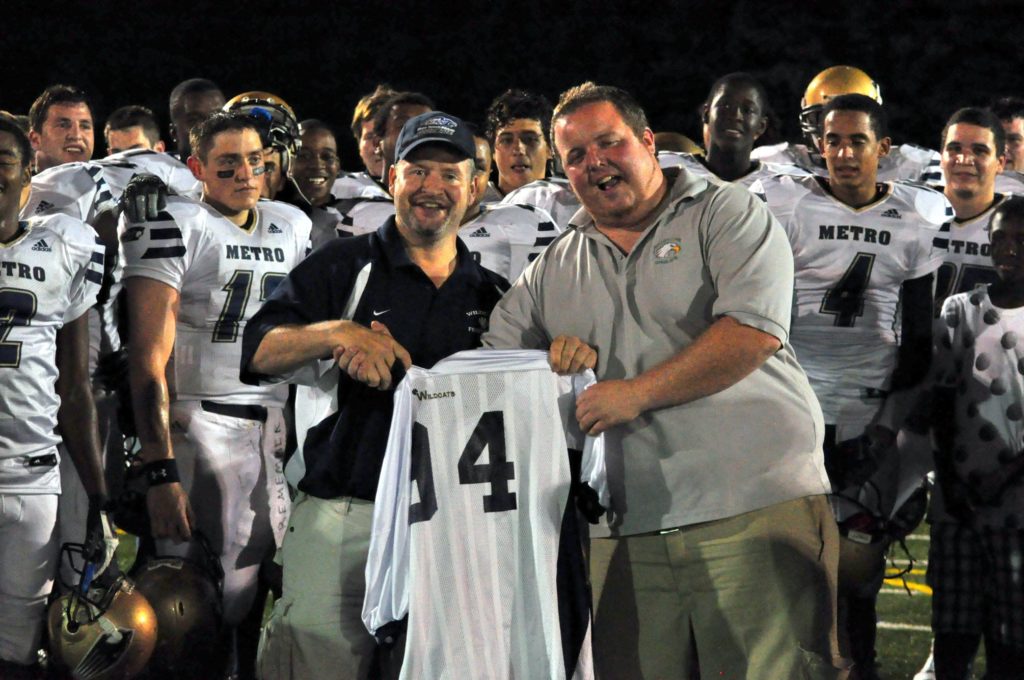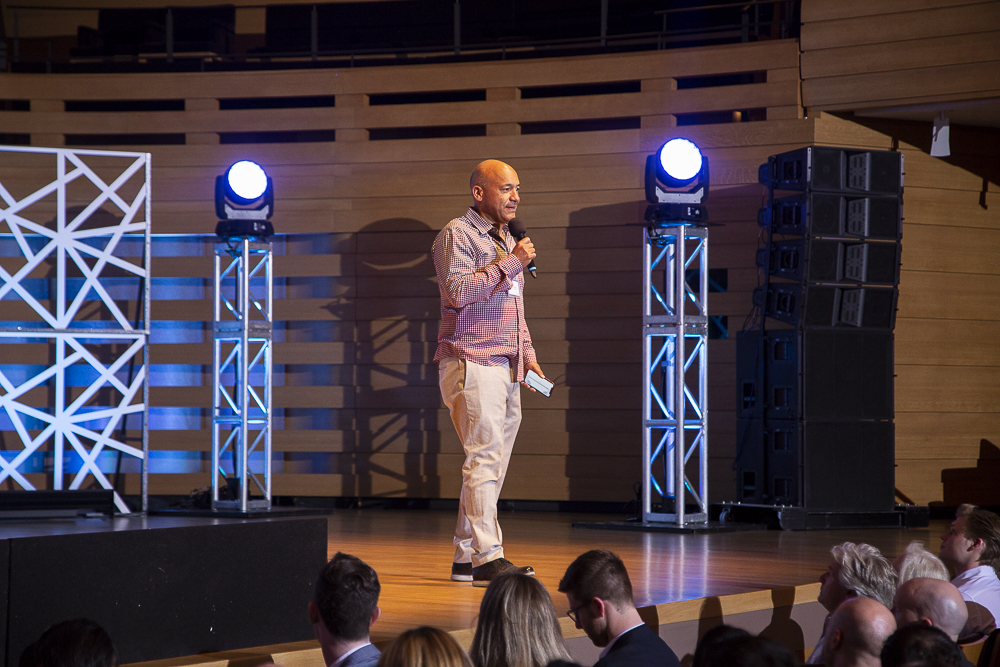I thought the 2018 Sponsorship Marketing Awards, staged by the Sponsorship Marketing Council of Canada, were a big improvement over previous years.
A much better venue. A timely, compact program. Some interesting speeches. Some politically inappropriate comments. Some great winners. Some exciting work.
Don’t worry I’m not suggesting they were perfect. The pre-awards reception was poorly planned. Soft drinks only? The onstage presentation of awards was awkward. The opening bit by the guest speaker earned him the title “Captain Obvious.” The awards and the winners all still seem very Toronto centric to me. Oh and not winning anything sucked for my clients, my team and me, but I will rant on that later.
Okay, let me rant now. Naw, maybe not. I want you to keep reading.
Winning and losing should not actually be the focus of an awards show. I believe with all my heart in this contradictory statement. All of it.
Award shows, industry events, and conferences should be about one simple thing. Driving the industry forward. We should focus on advancing learning, building new relationships which will improve the quality of the sector.
I am going to steal a sentiment I literally wrote for another blog a few minutes ago. (For just $9.95 you can read that one also!) But it’s a comment well worth repeating.
Marketing circa 2018 is witnessing an unprecedented importance placed on brand experiences. Whether those be transactional experiences, shopping experiences, marketing experiences, digital experiences, or referred experiences; their impact is driving brand consideration, brand adoption, and brand love.
A Sponsorship Marketing initiative can be one of the most powerful approaches to experience-driven brand building. The elasticity of a sponsorship to stretch across all forms of internal and external stakeholders connections is unrivalled. In the last five months, I have been front and centre at industry events in Asia, America, and Europe. It’s the same conversation in different languages. Live is king. It drives media, content, conversations, and sales.
However, there are still many many executives, board members, and business leaders who are willing to ignore sponsorship. Or worse, they plow millions of dollars strictly into online or mass media. Slightly better, but still problematic, are the leaders who drop significant money on rights but don’t understand the need for activation. The disbelieving segment of the business world is the true competition to those of us in sponsorship. Not each other. But sometimes we act like we are fighting one another.
For the record, in case you are unsure of where I stand on this. Despite my desire to win ‘Agency of the Year’ or’ Best in Show’, I have no greater desire than to see every other agency in the sector do great work for their clients. It comes only a close second to ensure my agency does so. I have no greater desire than to see every other property in the sector provide a great return for their sponsors and clients. I have no greater desire than to see every other conference (except one maybe…) to provide great value for their delegates.
Why?
Because we need a robust industry for all of us to be successful. I didn’t invent sponsorship or experiential marketing or integrated marketing communications. Neither did you. However, we both benefit from being in this business. Let me rephrase that. We benefit when our client’s benefits. Our clients, your clients, your brands, your priorities should benefit most times. If we/you/me do it right.
This shit is powerful. We need to use it.
We need to use it and report back to our clients and ourselves how great it is. But we need to use it right and we need to be honest about it. I am sick and tired of properties who fudge numbers, claim everything was amazing, and annually announce that this year’s (fill in the blank big annual event name) was better than ever. It’s not true. It is what it is. But don’t lie about it. You are hurting yourselves and all of us.
I don’t know why, but we have an industry that has a hard time telling the truth. Clients can count. You can talk all you want about your event attendance, but the client knows how many orders they received on their website.
Industry awards should encourage us all to not be afraid of the truth.
Industry awards should also encourage us to work together. I had lunch last week with an agency that has about a thirty percent overlap in services with us. I was thrilled when they asked if we can work together on something. I don’t know what it is yet, but I will try. I have had similar conversations with other agencies and it has petered out after one or two conversations. It isn’t going to be easy. It is not always going to work for the first time. People, especially me, can change their minds. But it is worth a try.
Industry awards should encourage us all to embrace cooperation.
I have one competitor who refuses to speak at my conference, sponsorshipX. Years ago certain members of the SMCC were mad I had my own conference. Who fricking cares? We can both have conferences. They can both be great! If my biggest competitor had a conference I would die to speak at it. I would also buy front row passes for ten of my people to glean, learn, and absorb all they can.
Industry awards should encourage us all to learn from one another.
Recruiting for talent these days is so hard. I have recently lost out on two hot digital/creative tech people. In both cases, I thought we had them only to be outbid/out offered. In one case, the largest competitor in my field scooped a talent that I really wanted. Yes, I am displeased. Keeping talent is also tough as you know. Some people think it is crazy to pay for my team members to be at industry conferences and awards. Don’t get me wrong, it’s always on my mind, but so is this. Very few people are going to spend their entire lives working at one brand, agency, or property. But the colleagues who leave you should be the biggest fans of you. It has taken me far too long in life to learn that. I have some exes who are haters out there and some exes who are lovers. Memo to the haters, my toughness was about the work, not about you. Putting me aside for a moment, yes it is possible for a brief moment, our industry needs more stars, more geniuses, more talents. Everyone working at Shopify right now should be working for you.
Industry awards should encourage smart passionate people to join our industry.
I view everyone in the business as being on the same team. Yes, we compete for dollars, talent, creative, profile, properties, naming rights, and clients. But we are also interdependent. We are also part of an ecosystem. We are also all related by heart. The heart and the emotion that is central to every great sponsorship program. The heart that pumps faster when it experiences an amazing event. The heart of the consumer that loves our brands even more for helping them enjoy something they love even more.
Industry awards should show the love to everyone in the industry.














